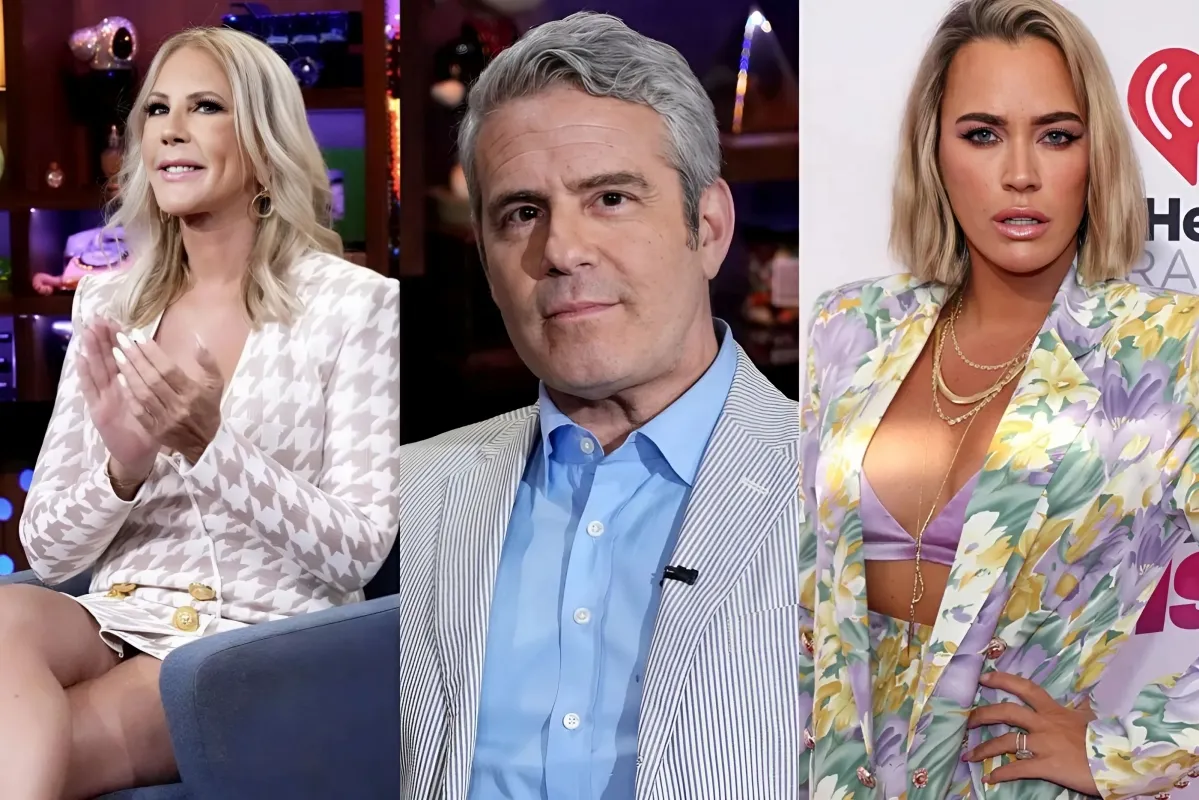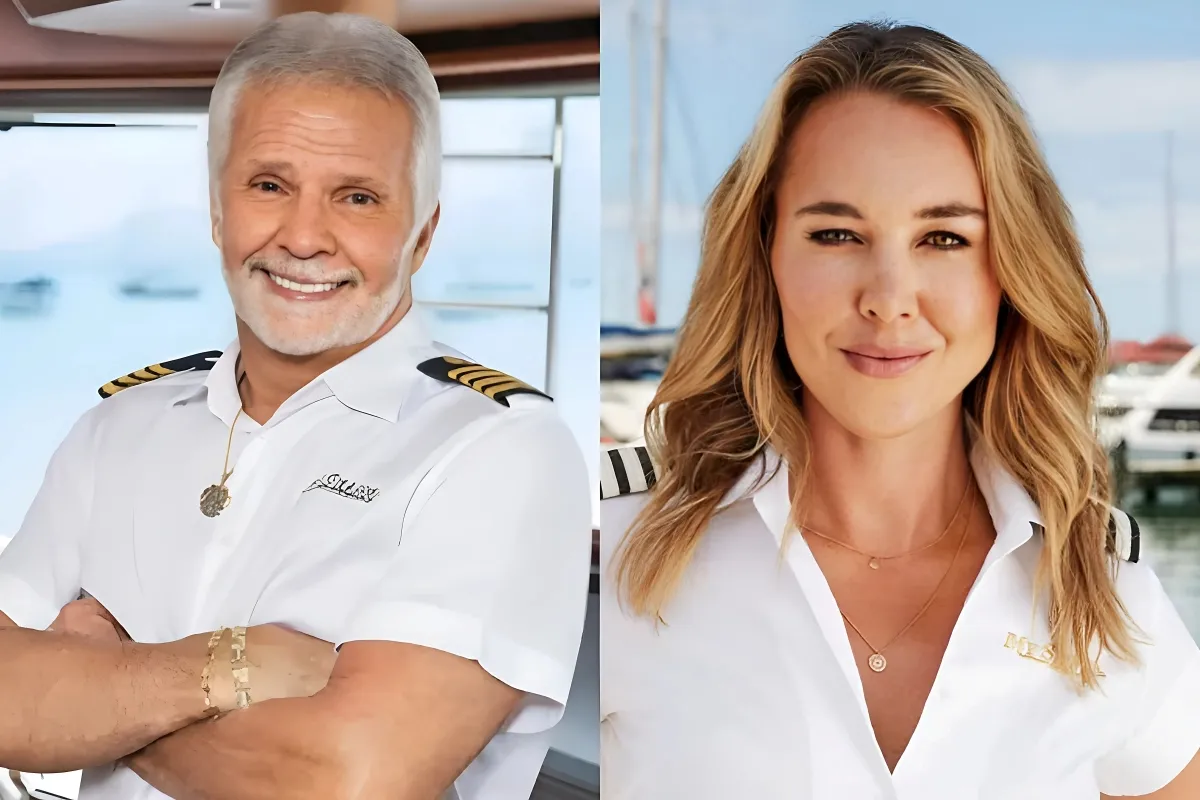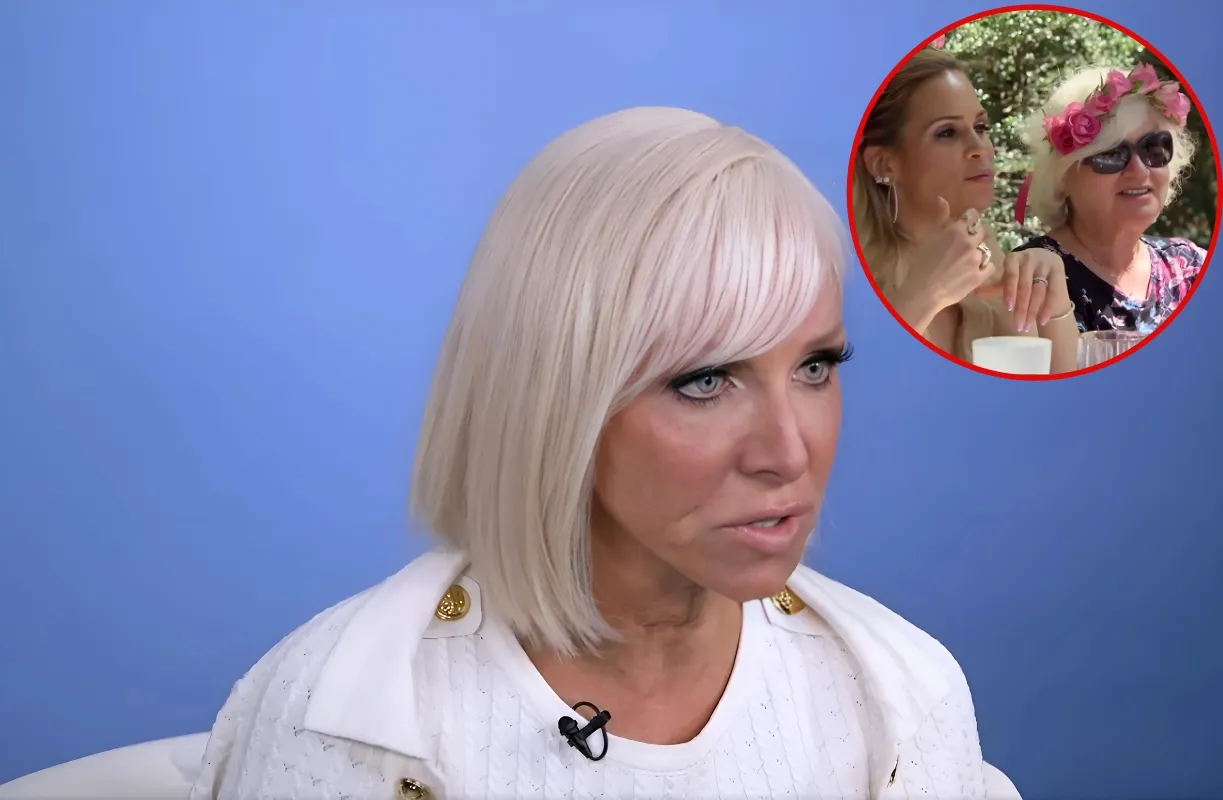
As much as it might benefit both the Anaheim Ducks and John Gibson to divorce after 11 seasons, who knows if it will happen.
It doesn’t necessarily need to. Gibson has three seasons left (including this one) on a contract with a cap hit of $6.4 million, the Ducks have plenty of cap space, and they could benefit from having Gibson and Lukáš Dostál in a competitive goalie timeshare as they attempt to emerge from a long, difficult rebuild. Plus, Gibson’s poor numbers in recent stretches have led to questions about whether any team would trade for that big contract.
Gibson, a 31-year-old three-time All-Star, is sidelined now, recovering from an emergency appendectomy, and his stock could be improved by a strong start upon his return. As the trade deadline approaches, perhaps he would look more attractive to a competitive team with a need in goal.
Enter the Colorado Avalanche.
Alexandar Georgiev isn’t getting it done. He was shaky last season despite leading all goalies in wins (38) for the second straight year. This season, he has allowed 17 goals in his first four starts. Small sample size, of course, but his body of work over the last year-plus is concerning. Colorado also has Justus Annunen and, at some point, coach Jared Bednar will turn to the 24-year-old Finn with upside. But the Avalanche also claimed Kaapo Kähkönen off waivers. You can imagine the Avs didn’t grab someone who played regularly for San Jose and New Jersey last year solely for organizational depth.
The Avs have reigning Hart Trophy winner Nathan MacKinnon, perennial Norris Trophy candidate Cale Makar and 100-point winger (and potential marquee free agent) Mikko Rantanen in their primes. They haven’t made it past the second round since winning it all in 2022. This is their window to strike again. And they can’t have those dreams undone by bad goaltending.
Should the Ducks and Avalanche talk trade? The Athletic’s Ducks beat writer Eric Stephens and goalie expert Jesse Granger talk through the possibilities.
Stephens: Let’s dig in, Jesse. What is your opinion of Gibson at this stage of his career, and is he any better of an option for Colorado going forward?
Granger: Determining what Gibson has left in the tank is one of the biggest mysteries in the NHL. It’s been so long since he has played behind a competitive team that I think many have forgotten how good he actually was. In his first four years as a full-time NHL player, from 2015-19, Gibson was one of — if not the — best goalies in the league.
During that span, his .922 save percentage was the highest of any goalie with at least 200 games. He also saved a ridiculous 91.5 goals above expected in those four seasons. That wasn’t just the highest in the NHL, it was in another stratosphere.
Things have obviously gone downhill since then, for both the Ducks and Gibson. He hasn’t posted a positive GSAx or a save percentage above the league average in the last five years, and that’s concerning. There’s no doubt the quality of the defense in front of him played a big factor in that dip. Over those five years, the Ducks ranked 26th, 28th, 22nd, 32nd and 31st, respectively, in high-danger shots against.
The question is: If Gibson were suddenly playing behind a stronger team, would he return to his form from five years ago? He’s only 31 years old, which is still in the range of peak performance for a typical goalie, so that shouldn’t be an issue.
The concern is that Gibson has always relied more on athleticism and quick-twitch reactions than exemplary technique. Every year, the NHL is getting faster, and the goal scorers more talented. That has placed a higher demand on technique, and there are legitimate questions about Gibson’s ability to adapt to that and still produce the elite-level goaltending he once showed.
On the other side of the equation, Georgiev has had a disastrous start for the Avalanche. I expect him to positively regress back to his usual form, which is a league-average starting goalie. But is that good enough to get the Avalanche where they ultimately hope to be?
While I admit there’s no guarantee that Gibson would come in and outperform Georgiev, I think it would be worth the gamble for a Colorado team with Cup aspirations. With Gibson, elite-level goaltending is at least within the possible range of outcomes. The likelihood of him reaching that potential is up for debate, and it’s likely one of the biggest reasons he has yet to be traded.
Which brings us to the next issue: Acquisition price.
Eric, what type of return do you think Anaheim is looking for, and what would a trade ultimately look like?
Stephens: The way I see it, there’s a possibility for the Avalanche and the Ducks to make it happen. But let’s factor in these elements.
Colorado has $6.2 million of cap space available on the surface, but that doesn’t account for Gabriel Landeskog ($7 million) and Tucker Poolman ($2 million) being on long-term injured reserve. Poolman is not expected to play at all this season, but the Avs feel Landeskog will return at some point. That means the Ducks must do something on their end from a cap standpoint.
I’ve contended that if Anaheim really wants to get a Gibson deal done, it must retain salary. The Ducks have all three of their retention slots free. GM Pat Verbeek prefers to use them only in moving players on expiring deals, so this would be a departure. But if he retained 50 percent of Gibson’s contract, that would lower his cap number to $3.2 million. It would leave Anaheim with a dead cap charge of $3.2 million for 2025-26 and 2026-27.
That still leaves $3 million for the Avs to shed. The Ducks can do them a solid in taking back Georgiev. Yes, his horrid performance so far makes him hard to digest, but he’s on an expiring deal. Shedding his $3.4 million cap number would work for Colorado. Anaheim would have no problem carrying that this season. Also appetizing for the Ducks is that his real salary is lower: $2.9 million.
But the Ducks should take advantage of the Avs being in a bind. Colorado only has one pick in the first three rounds of the 2025 draft — a second-round choice that had once belonged to the New York Rangers. It has a first and second in 2026. To have Gibson for multiple kicks at the Cup, I think Anaheim should at least ask for one of those three. The Avs would feel more comfortable with a Gibson-Annunen tandem. The Ducks can let Dostál grow into the No. 1 job.
Jesse, what do you think of that swap? Is there something you would change?
Granger: If the Ducks were to retain some of Gibson’s cap hit and take back Georgiev’s expiring deal, it seems more than fair to ask for one of those three valuable draft picks. This honestly feels like a trade that can help both teams.
There’s risk on Colorado’s part, taking on Gibson’s contract through the 2026-27 season, but I think there’s a good chance that deal is viewed very differently after we see Gibson play behind a contending team.
It’s not as though he hasn’t shown flashes of his old self lately. A specific game comes to mind, on Feb. 24 of last season, when Gibson stopped 48 of 50 shots against the playoff-bound Los Angeles Kings. The Ducks still lost that game, which underscores the problem for Gibson lately.
The Avalanche have made a habit of making goalies look good over the years. Philipp Grubauer was a high-end backup when Colorado acquired him in 2018 and had never won more than 15 games in a single season. He had the three best years of his career with the Avalanche, was a Vezina finalist in 2020-21, then returned to being a rotational starter (at best) the moment he left for Seattle.
Darcy Kuemper had arguably the best season of his career in his lone year in Colorado, winning the Stanley Cup, and Georgiev took a similar step as Grubauer playing behind the Avalanche.
If playing behind that talented team can elevate Gibson’s game to anywhere close to his previous levels, a cap hit of $6.4 million would be a bargain. That figure is the ninth-highest among current goalies, which seems reasonable. If the Ducks retain a portion, it has the potential to be one of the better goalie contracts in the entire league.
For Georgiev, it would obviously hurt to leave a contender for a team that’s still mid-rebuild in a contract year, but it would give him time to perhaps prove that he and Dostál are an effective tandem before hitting free agency next summer.
Eric, do you think this sort of move would ultimately help the rebuild?
Stephens: Yeah, I think there are multiple benefits. It’s early, and Georgiev could pull out of it if he stayed with Colorado, but it feels like the fan base either has turned on him or could if he continues to struggle. Anaheim offers a fresh start with lower pressure to find his game again. While he didn’t work directly with Ducks coach Greg Cronin and new goalie coach Peter Budaj, Georgiev is familiar with both when they were part of the coaching staff for the Avs’ AHL affiliate.
Dostál isn’t a clear-cut No. 1 yet, so Georgiev could still get consistent work in a 1A/1B rotation and help himself for his next contract. It was only two years ago that Georgiev put up a strong 40-16-0/2.53/.919 line for the Avs. And while the Ducks would be retaining salary with Gibson, they could have at least $3.2 million more to work with the next two seasons — something that can come in handy as they’ll need to re-sign Dostál, Mason McTavish, Pavel Mintyukov and Leo Carlsson.
(Never mind Trevor Zegras if he’s still around, or the Ducks making a play for a premier free agent if they take a significant step forward this season.)
The Ducks aren’t going to come near the Cup this season. They can try to rehabilitate Georgiev and move on, or even re-sign him if he works out better than they could expect. Being with a contender again would rejuvenate a locked-in Gibson. He’s never cared about his numbers. Wins are what matters. Often overwhelmed by leaky defenses, he’s had little chance to rack them up the last few years. Josh Manson and Andrew Cogliano, who’s now in the Colorado front office, can testify to what Gibson can bring when he’s on his game.
It’s fair to question what Gibson is at this stage. But it’s also worth remembering he’s been in a situation few others can relate to. After he split the Jennings Trophy with Frederik Andersen, Gibson had a .922 save percentage with 52 more goals saved than the average netminder over a three-year span as the definitive No. 1 between the end of the Ducks’ contending run and the start of their fade.
With MacKinnon and others, the Avs should be in the playoffs again. A trade for Gibson could give them a motivated goalie and a better chance at more postseason glory.
(Photo of John Gibson: Jaylynn Nash / Getty Images)



